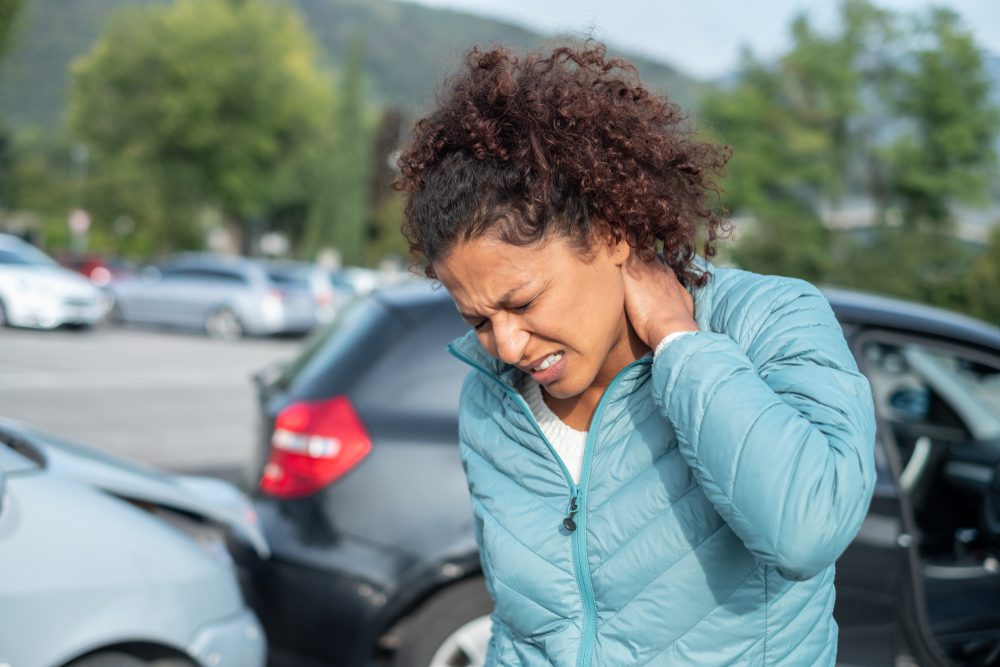Car accidents are harrowing events, striking swiftly and often leaving individuals in a state of shock and uncertainty. In those bewildering moments following a collision, the right actions can safeguard your well-being, legal standing and financial security. Being prepared for the aftermath of an accident is paramount, as it can profoundly shape the outcome.
Picture this: screeching tires, the jolt of impact and the sudden rush of adrenaline. It’s in these unexpected instances that understanding the necessary steps becomes critical. Within this chaos, knowing how to protect yourself emerges as a crucial skill.
In this guide, we outline five fundamental actions to guide you through the aftermath of a car accident. From ensuring immediate safety to preserving vital information and understanding the importance of medical attention, these steps form a vital roadmap to navigate the aftermath of a collision. By familiarizing yourself with these measures, you can empower yourself in a situation that can otherwise feel overwhelming and uncertain.
1. Ensure safety first: The immediate priority after an accident is safety. Check for injuries, both yours and those of others involved. If there are injuries or significant damage, call emergency services right away. Move to a safe location if possible to avoid further danger from oncoming traffic.
2. Document the scene: Gathering information is key. Take photographs of the accident scene, including the vehicles involved, their positions and any visible damage. Collect details such as the other driver’s license plate number, contact information and insurance details. If there are witnesses, obtain their names and contact information as well. This documentation can be invaluable when filing insurance claims or dealing with legal proceedings.
3. Contact the authorities and your insurance company: Regardless of the accident’s severity, it’s advisable to contact the police and file a report. This official documentation can be crucial for insurance claims and legal proceedings. Notify your insurance company promptly to report the accident and provide them with the necessary information.
4. Seek medical attention: Even if you don’t immediately feel injured, it’s wise to seek medical attention after an accident. Some injuries — like whiplash or internal trauma — may not manifest symptoms right away. A medical examination can identify any hidden injuries and ensure you receive appropriate treatment. Keep records of all medical visits, treatments and expenses related to the accident; these documents can be essential for insurance claims or legal purposes.
5. Be mindful of what you say: While it’s important to cooperate with authorities and exchange information with the other parties involved, be cautious about admitting fault or making definitive statements about the accident. Avoid discussing the details of the accident on social media or with insurance adjusters without seeking legal advice. Anything said immediately after the accident can potentially impact insurance claims or legal proceedings later on.
Emerging unscathed from a car accident involves more than physical safety; it’s a holistic approach encompassing legal protection and financial security. The proactive measures outlined here serve as a shield against the uncertainties that follow such incidents.
Maintaining composure amidst chaos is no small feat, yet it’s crucial for securing your rights and well-being. By internalizing the importance of these steps, you equip yourself with a powerful toolkit to navigate the aftermath with resilience and poise.
Remember, these actions aren’t just a checklist; they’re pillars of support during a challenging time. From documenting crucial details to seeking medical aid and alerting authorities, each step strengthens your position in the post-accident landscape.
Ultimately, these measures are about empowerment. They empower you to assert your rights, protect your interests and approach insurance claims and legal processes with confidence. Stay informed and alert, and may these steps serve as a guiding light, ensuring your safety and security on the roads, no matter the unexpected turns they may take. Your preparedness today could make all the difference tomorrow. Drive safe, stay vigilant, and be ready for whatever the road brings your way.
This story was created using AI technology.
















